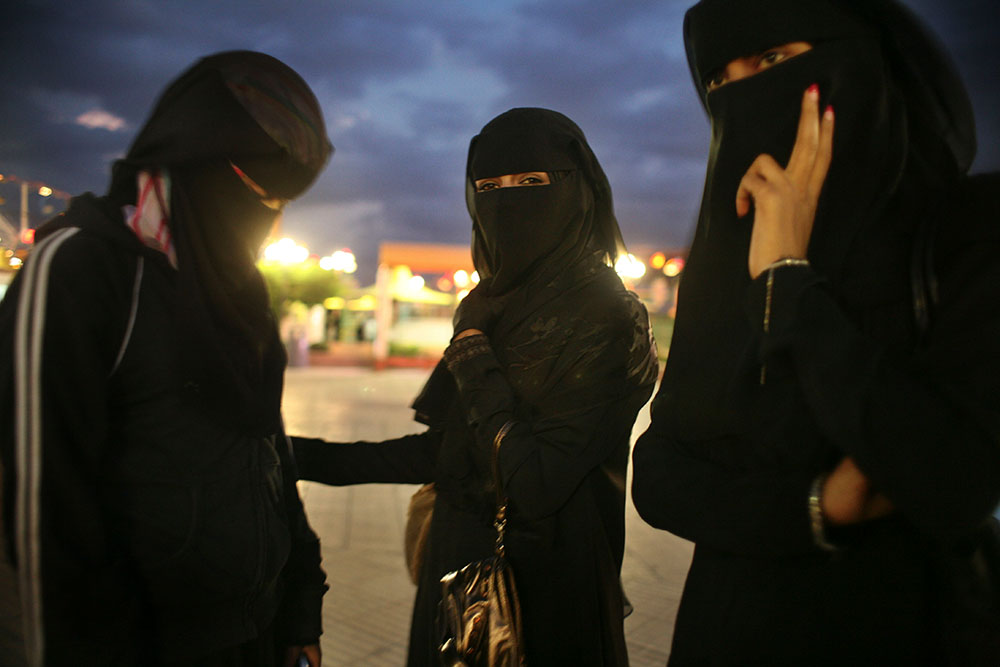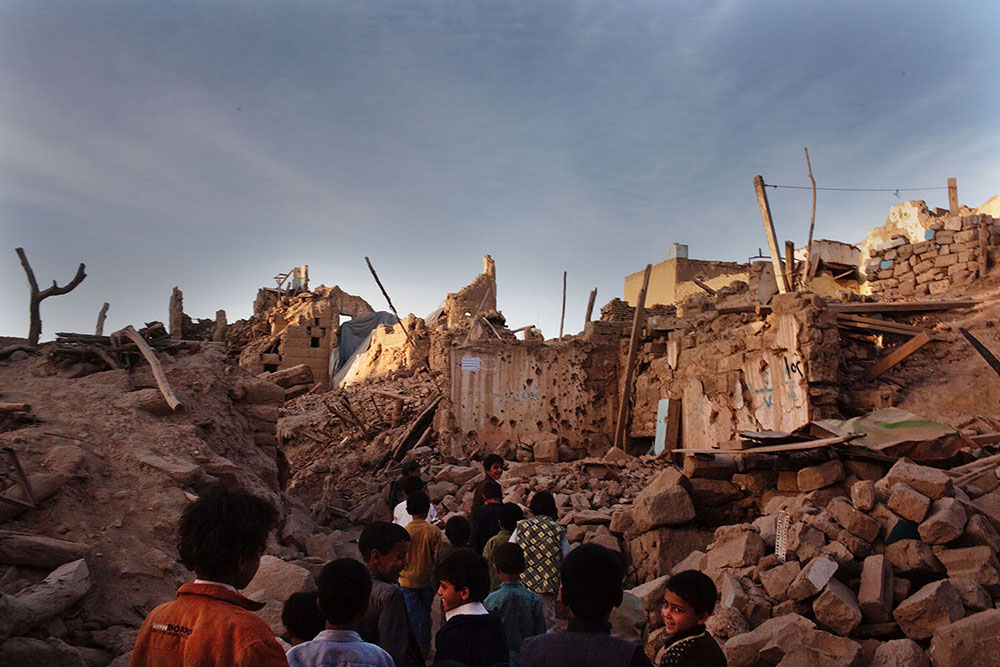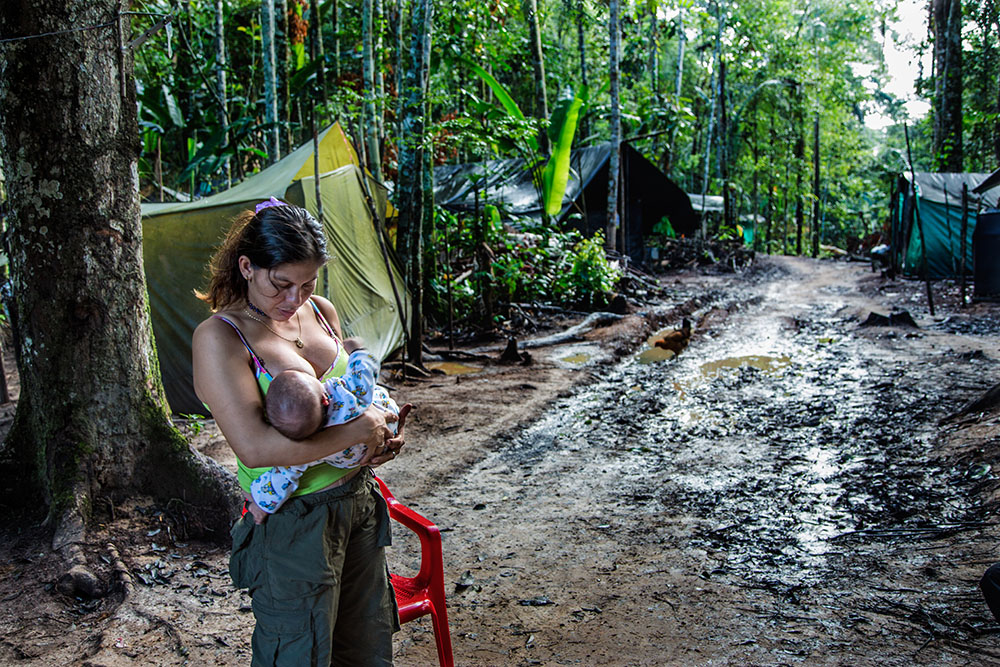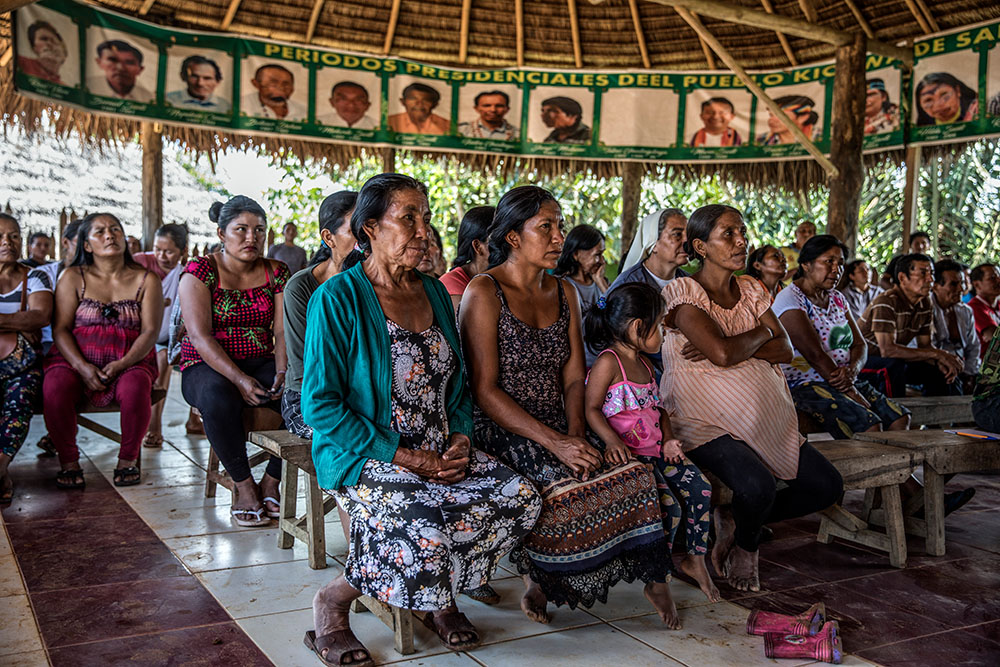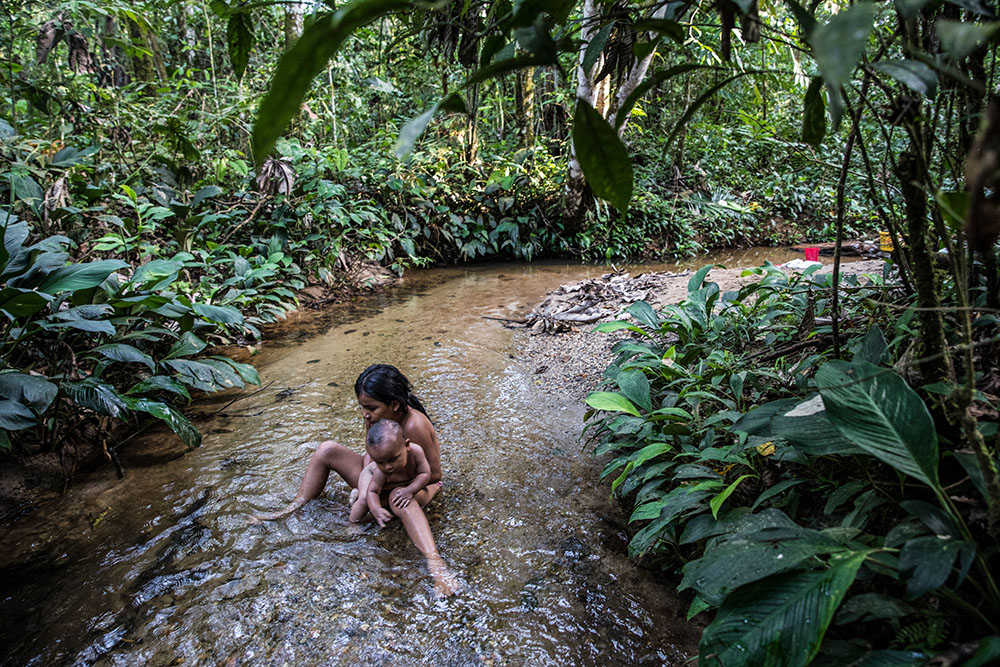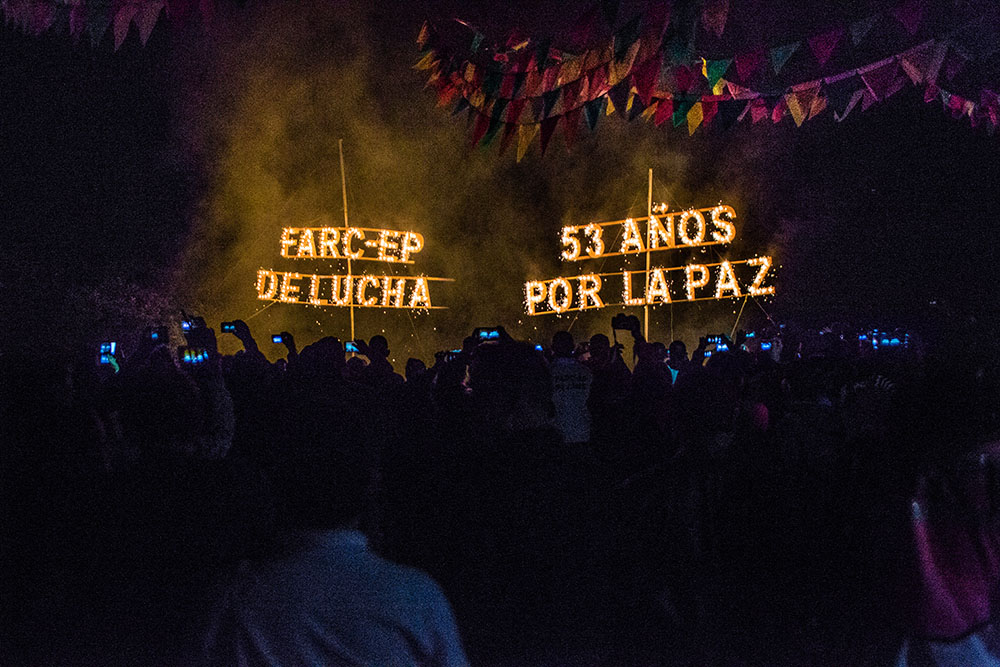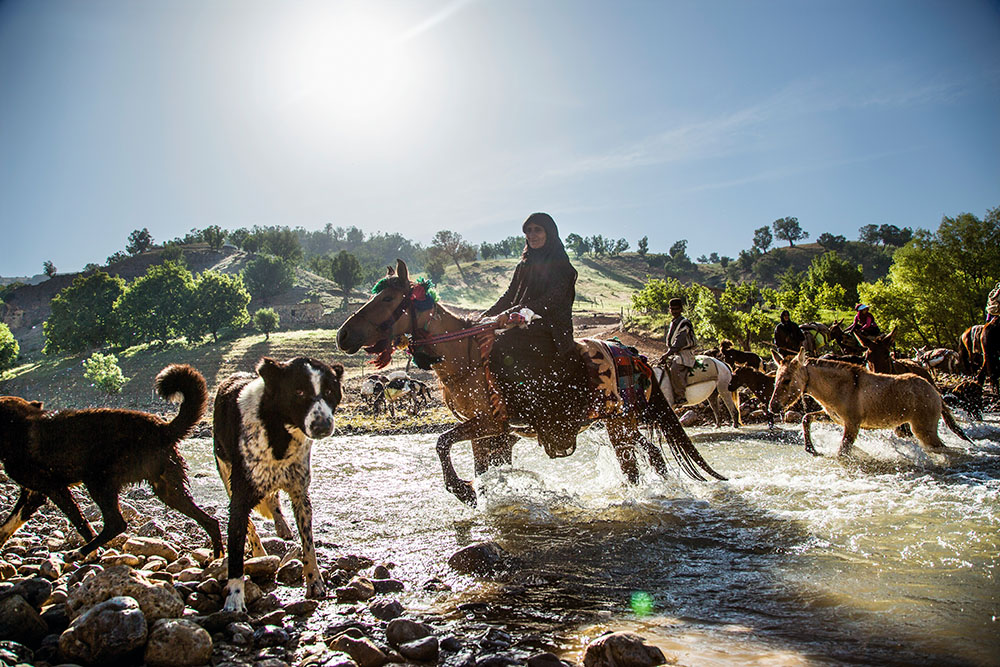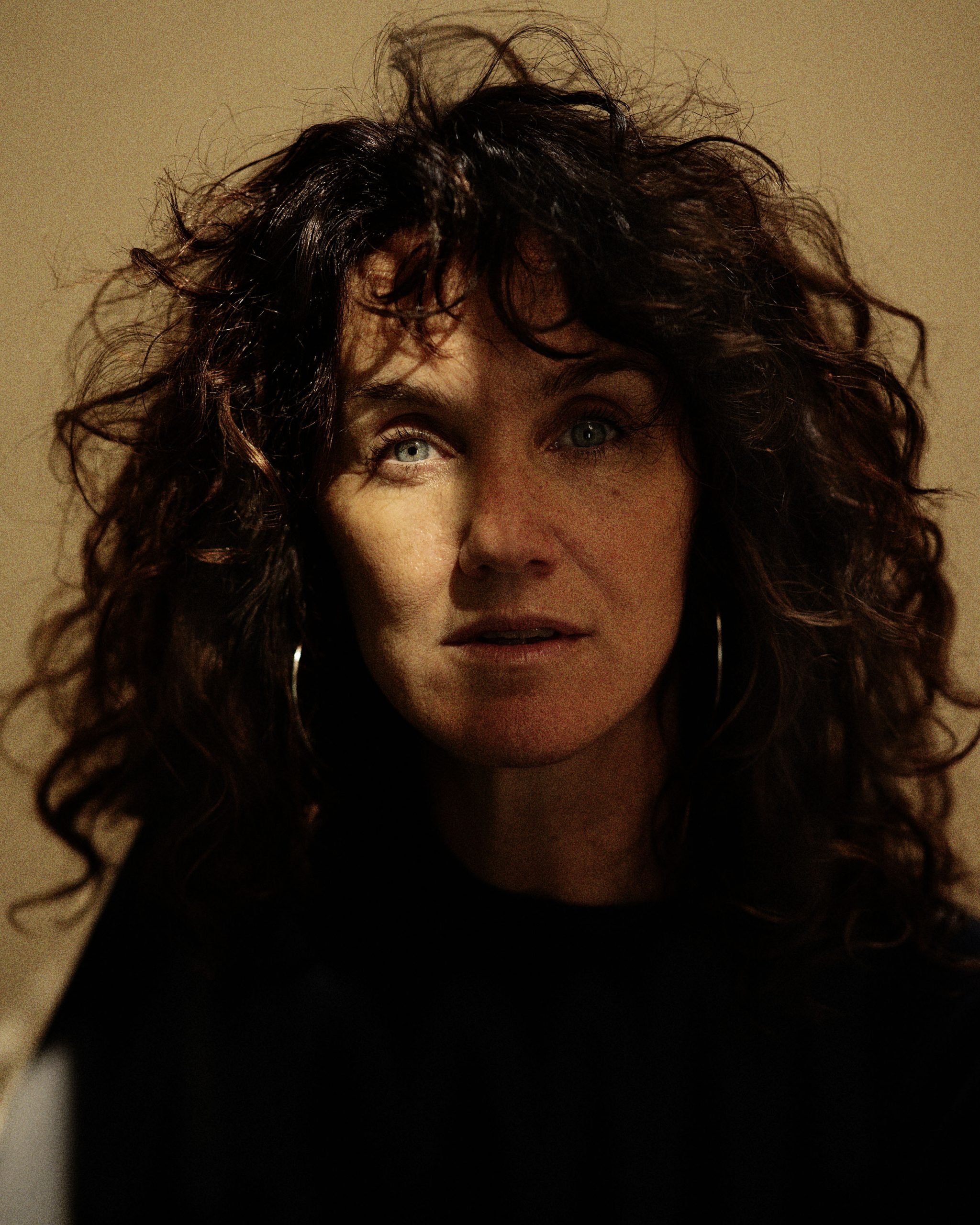
Catalina Martin-Chico
After attending ICP, you were in Yemen for many years, can you tell us what brought you to that reality? You of French-Spanish descent who studied in New York what brought you to move to a place of Islamic culture like Yemen? It was a very interesting choice, one that definitely rewarded you.
I lived in Yemen for a long time, spending 1 to 3 months there every year. I was attracted to the fact that nothing came out from that country. No images, no stories. Nobody documented and I had no idea about it so it arouse my curiosity and had a potential attraction. Except the Queen of Sheba, what else from Yemen? I had a couple of friends that moved there at the same time, so I had a place to stay when I visited. And my friend and I started to work together, he wrote – I shot. The stories to tell were very numerous because everything was so different, so new, so extreme. I couldn’t stop telling stories, the more I visited the more I knew the country the more I had access, the more I loved that country and people. The war and the impossibility to enter the country stopped me.
What was it about the Islamic world that interested you to make you continue this journey to Morocco, Iran and then Egypt as well, and most importantly you can tell your experience as a woman in Muslim countries.
When I started working in Yemen, I was feeling like « at home » in muslim world, I learnt the codes and love the people, and it was natural for me to visit the rest of the countries. When the Arab spring started in 2011 I followed somehow the chain the revolutions were making. Also, as far as the assignments were concerned, editors knew I was used to Arab world so they called me to tell stories, specially women stories in those countries. Knowing a country a language or their codes is an asset when you have few days to tell a story.
Then your gaze turned to Latin American countries, we would like to understand what was the reason for your choice, going from two realities so distant from each other.
Yemeni war started in 2015, I still could enter in 2017, but then I understood that the next trip will be in a very long time, because the country closed the doors to journalists. I followed some short studies on the South American peasant revolutions at college. It has always been interesting for me. At the same time Yemen closed the doors, it happened that Colombia signed the peace agreement with the longest and latest guerrilla in South America with the FARC. So I was attracted to tell a story about this post-conflict. I’m Spanish and after a decade going to countries where langage could be a problem, a barrier I though being Spanish speaker is an incredible asset to get close to people and negotiate my accesses and gain trust. So I started this subject and followed on the countries surrounding Colombia.
Of your career and projects, one that has definitely impressed us a lot is, The last & lost nomads of Iran, the one about the nomads of Iran. How did you manage to get in touch with this community and how important is it to talk, today, about this form of life so different from our everyday life.
It has been a long adventure. I didn’t have any « fixer » to help me to get in touch with some nomads. I didn’t even know if there still was some nomads left or not. Very little things were written about them, ant least in my online search languages ! So the quest has been as interesting as documenting them. I love « searching » because it gives you time to little by little understand the country, making contacts and having a slow but sure approach. Document a community that might not exist tomorrow felt like a necessity as a photographer too. I love to share the stories that are not known or seen. But also the document the last decades of some traditions are so necessary too to make history and keep trace in the world.
Through your journey and projects you have come into contact with very different communities, from countries of Muslim culture to those of Latin America, besides the differences have you noticed similarities or proximities? What remains for you of one and the other?
Yes I’ve been lucky to be able to enter in many different worlds that taught me personally a lot, mainly tolerance and the love of the difference, and learn not to judge and realize that different realities and different truths do exist in this world. Of course besides religion, culture, language, food, traditions the heart is the same, the humanity inside each of us. The suffering, the emotions, the sharing, the joy, the power of resilience is the same.






















